What Is 4-H? How kids learn about growing produce and more!
What do you really know about 4-H? Many people think it is learning how to grow crops or just showing animals at the county fair – but there’s a much bigger story. We met with Joanne Ylarregui, a long-time 4-H leader, to get the inside scoop.
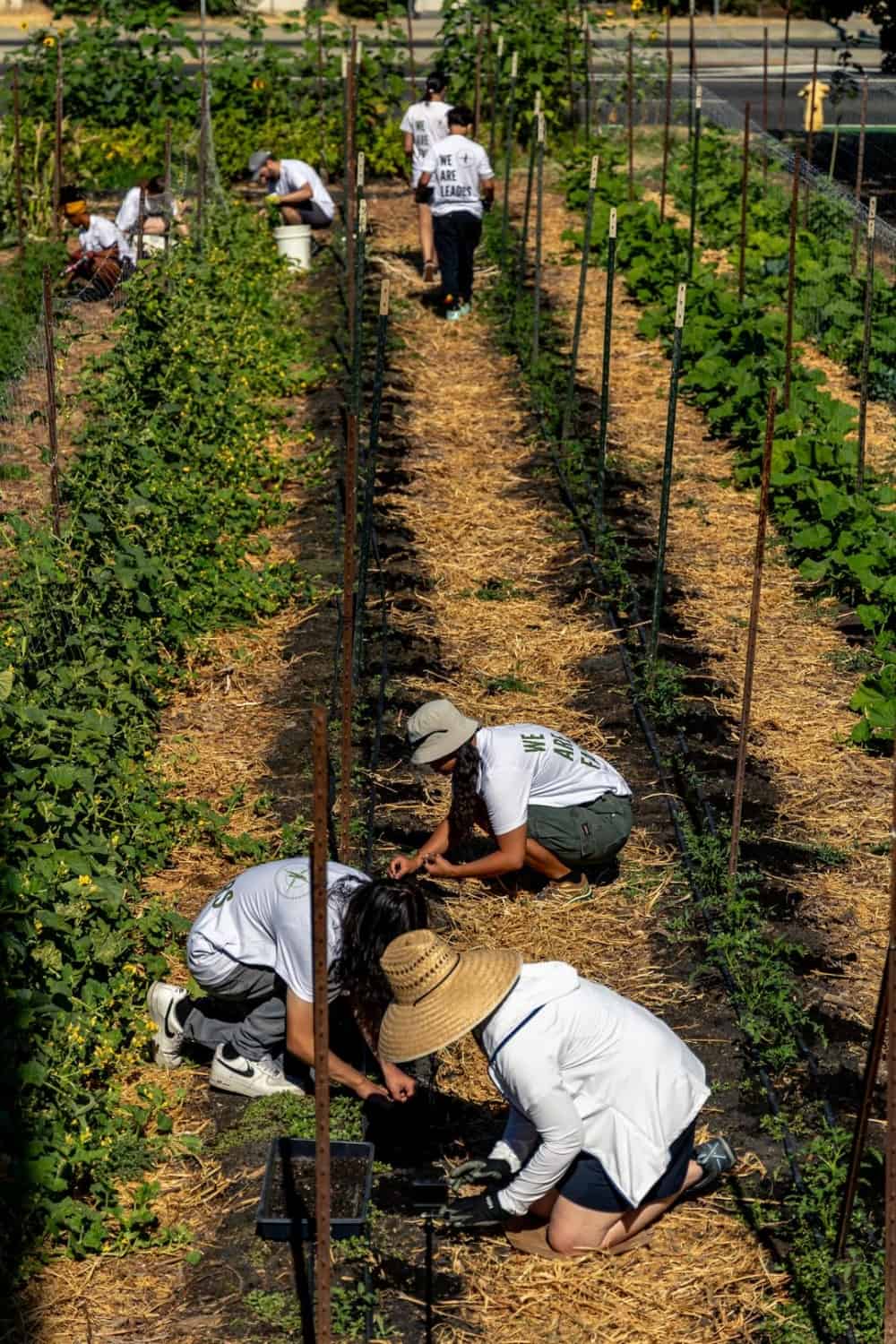
4-H is an integral part of California’s agricultural system. California farmers, ranchers, vintners and dairy people grow and produce a diverse array of commodities and goods. That diversity in agriculture extends to the people themselves – the community includes people from countless backgrounds and communities, many of whom speak different languages.
The 4-H program is an invaluable part of UC ANR’s Cooperative Extension program. It was created not only to educate children, but with the intent that children share the information that they learn with their families and their community.
Why was it important to teach children the best way to grow produce and more?
The creators of the Smith-Lever Act emphasized the importance of a 4-H program in each community. In fact, it was mandatory under this act. The 4-H program was not only intended to train the next generation of farmers and leaders, but to also teach them to train their families and communities.
Joanne Ylarregui, a 4-H leader in Madera County, explains, “That was a condition that Congress established – in order to have those cooperative extension offices, they had to have a 4-H program.
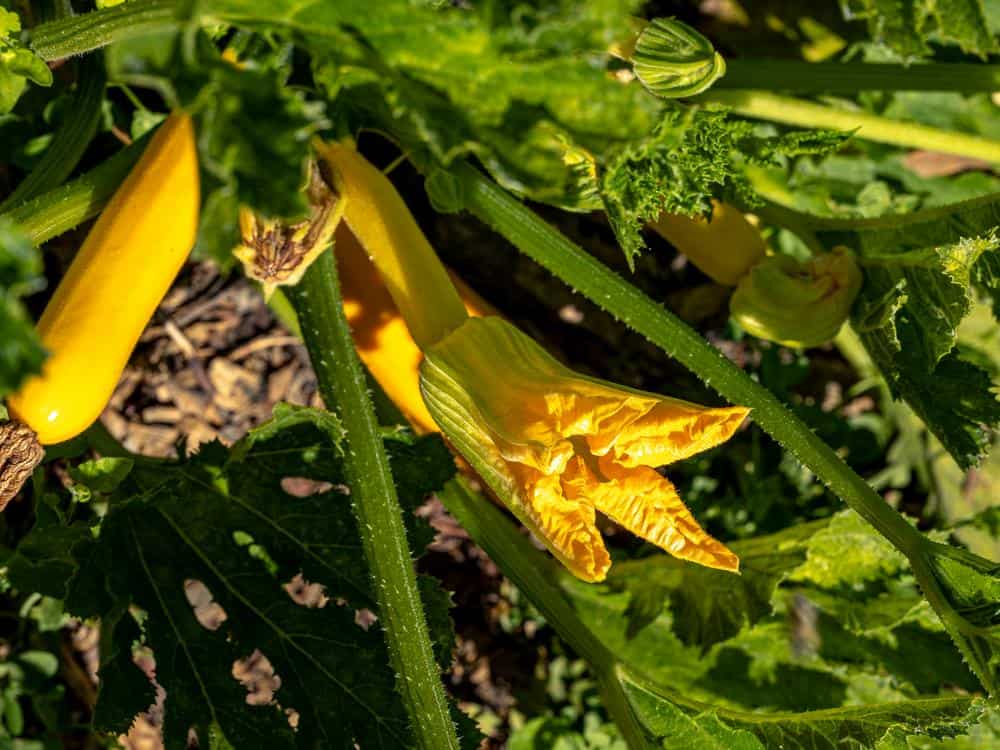
This 4-H youth program initially was so that the kids would learn how to produce crops and livestock and then learn the improved tech scientific methods to improve those crops so they could teach their parents – who were farmers – how to improve their crops or their livestock line. That was the whole purpose – to teach the parents through the kids,” she says with a smile.
How is CA GROWN connected to 4-H?
Did you know that California Grown and CDFA partner with UC ANR? It’s a bit of a symbiotic relationship. CA GROWN connects consumers with where their food comes from, CDFA serves as the state’s ag agency, and UC ANR works directly with growers to get information about sustainability, technology, innovation, and crop science. Cooperative Extensions then help to disseminate that information to the greater agricultural community. And 4-H is an integral part of how information is disseminated – so each contributes to knowledge and education about agriculture.
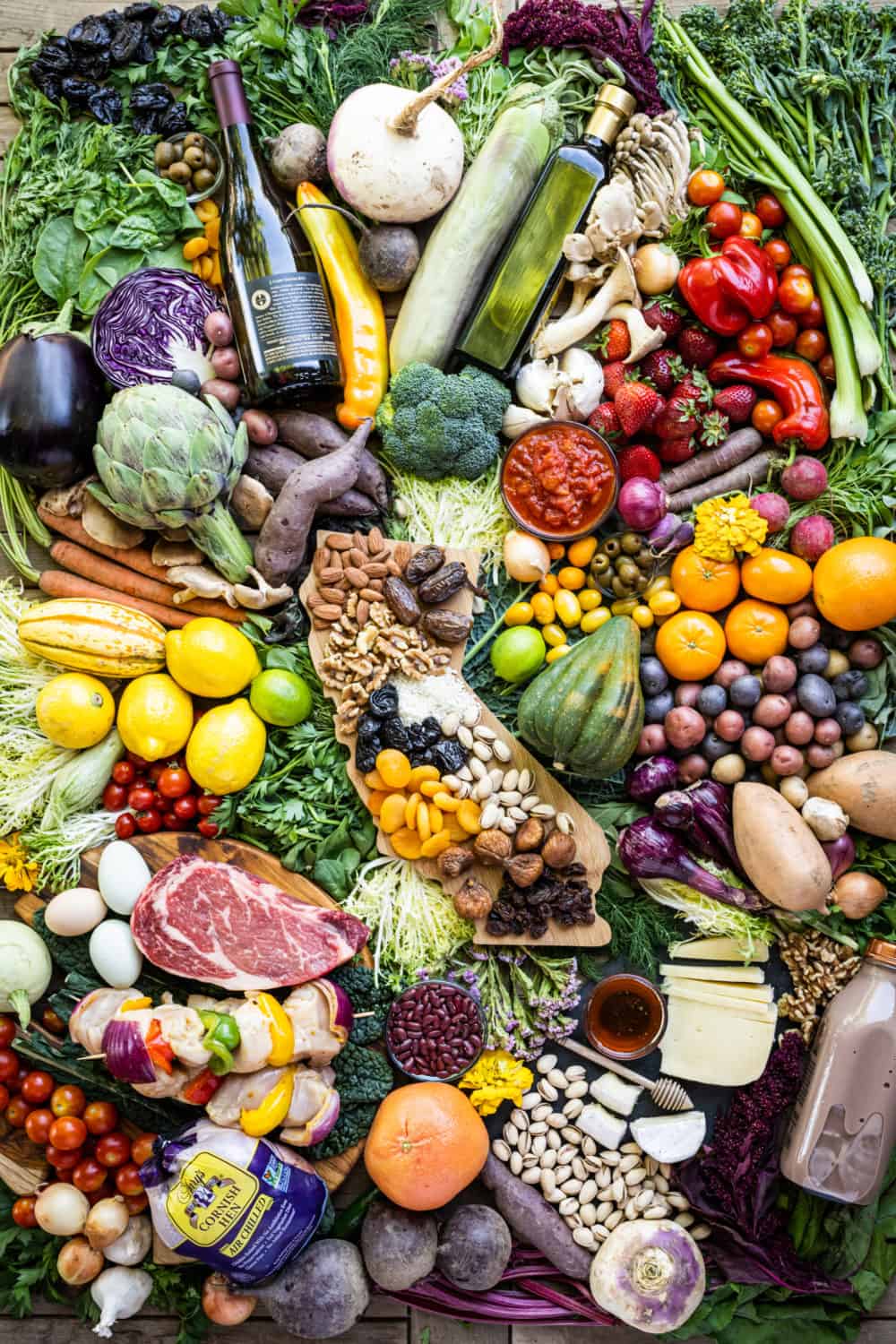
What do the 4 “H” stand for in 4-H?
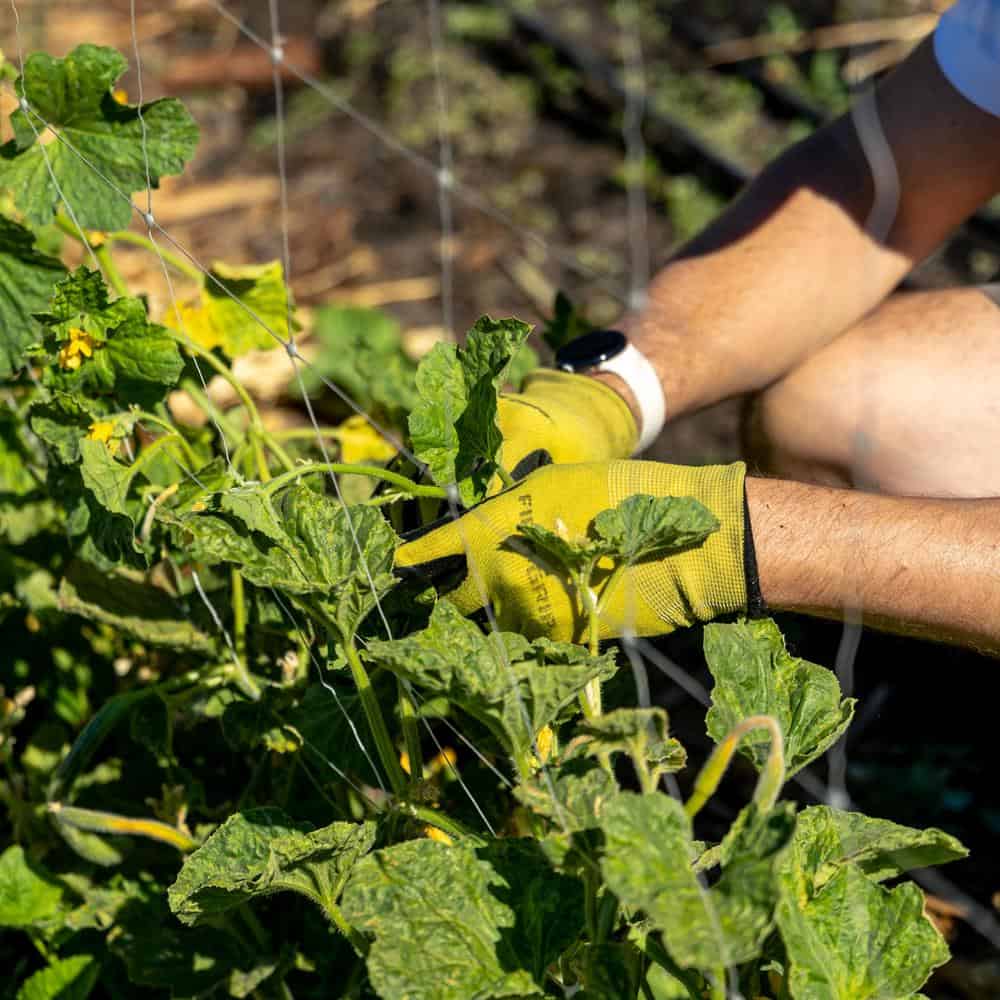
The name 4-H reflects the program’s holistic goals. 4-H’s curriculum is developed to engage a student’s head (knowledge), heart (compassion/community service), hands (work/skills) and health.
While things have changed in the last 100 years and 4-H has evolved with the times. The program still involves teaching children how to grow fruits and vegetables and care for livestock, particularly in California’s farming communities, but has expanded to include public speaking, cooking, art, and rocketry.
The project-based curriculum is designed to help children gain confidence in their skills and themselves. Joanne adds, “I would say what we do in 4-H right now is to help youth develop into strong leaders in their school communities and the communities they live in. We’re all about making the best better, developing strong leaders who understand what is going on around them and will help in their communities.”
What do children learn in 4-H?
Though every county in California has a 4-H program, the curriculum varies depending on several factors. For example, urban counties obviously have very different curricula than rural areas. Regardless of location and variation in curricula, the goal remains the same: to produce confident, responsible leaders. Joanne explains, “One of the first things kids learn in 4-H is that if they start something, they need to finish it. They learn not to get discouraged and to keep on going – to finish what they started. They learn to raise their hand and volunteer to help with things. 4-H requires each club to perform community service in the community so the kids become more aware of what’s going on around them and learn to contribute. Basically, they become better citizens.”
How do 4-H projects incorporate speciality crops?
Kids gain confidence and life skills through project-based education in 4-H, both of which will serve them well past their formative years. “The key is working hard. A lot of kids want instant gratification and want to receive that ribbon right away. In 4-H, that’s not the way it goes,” Joanne states.
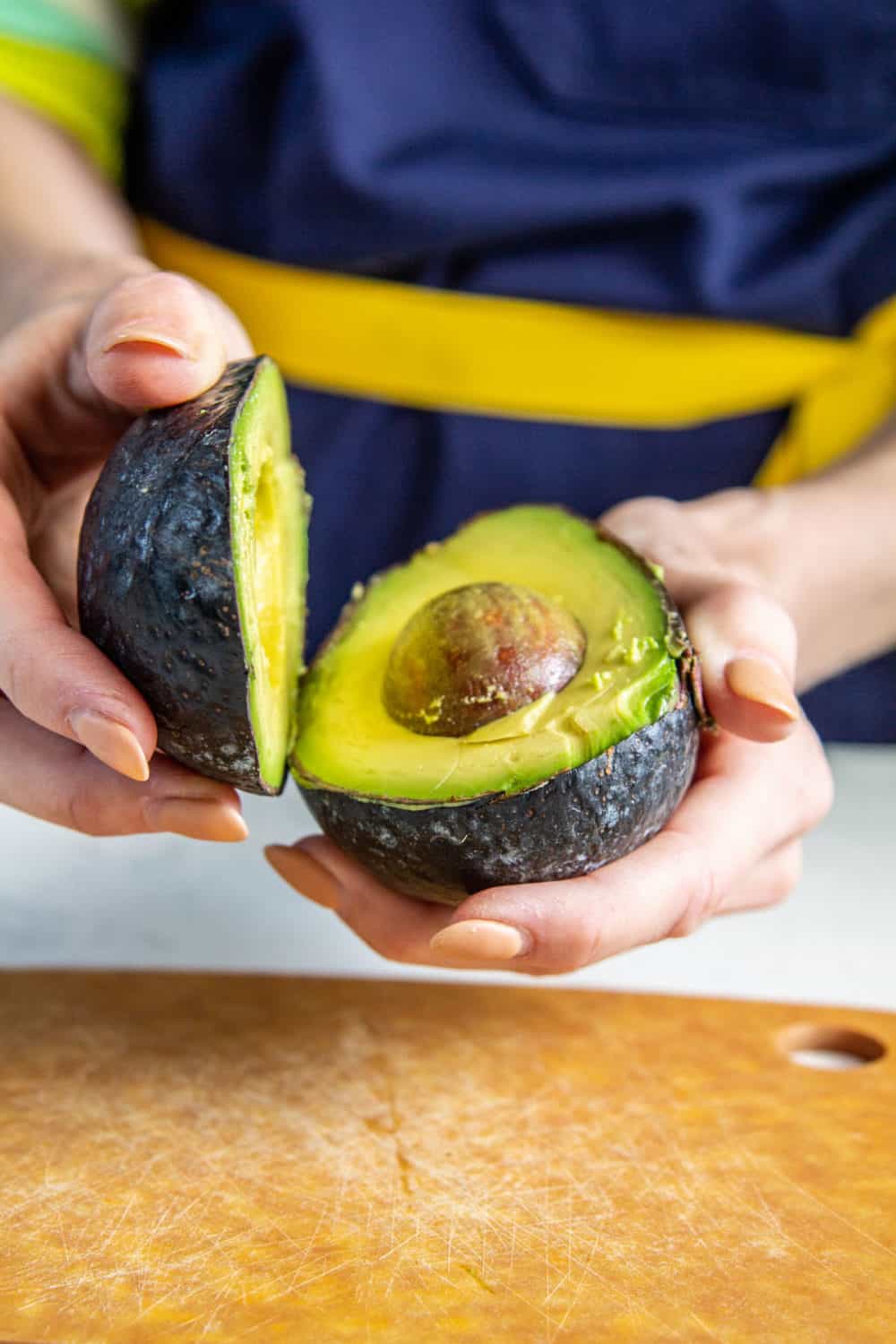
She further explains, “They gain confidence through finishing a project, whether it be public speaking, rocketry, arts and crafts or cooking.”
For instance, in cooking, the kids are taught how to pick the best fresh produce, develop valuable kitchen skills and learn about what’s in season in California. Then, they apply their newly gained knowledge and skills to meals they prepare for themselves and their families. For instance, one month’s cooking classes might highlight a specific crop, like avocados. Children would learn how avocados are grown and what foods pair best with avocados. They would be taught how to prepare them and then create different meals featuring California Grown avocados for their families.
“In cooking, we try to start them from scratch, and we continue in steps according to age groups so that they acquire the skills they need to cook for themselves in college or on their own. In sheep and showing animals in poultry, there’s a lot of practice and hard work involved. They do not succeed unless they practice, and practice, and practice and become more proficient in what they’re doing and therefore gain the confidence they need when they go out in front of people or talk to people. They’re able to communicate, they’re able to perform in the show ring because they practice and they work hard.”
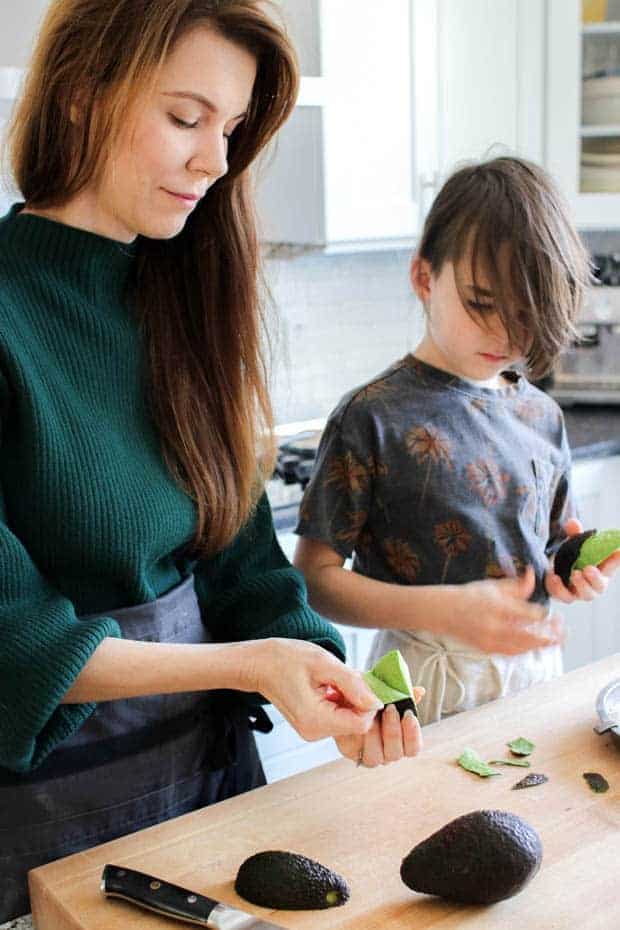
Building confidence through public speaking
Joanne is particularly passionate about the benefits of 4-H’s Public Speaking and Demonstration projects. “Public speaking makes them gain the confidence to take advantage of opportunities offered to them to further their education in public speaking and communication because they’ve done it at a lower level in 4-H. So, many of my kids that have been in the demonstration project with me have years later come back to me or told their parents, ‘Please call Joanne and say thank you for giving me my start. It has enabled me to achieve my goals’ – either in college or in getting a job that they wanted. I have those kinds of experiences with hundreds of kids. It’s hard work but it profits them the rest of their lives. And that’s why I do it.”
4-H: A Kid’s POV
4-H was intended for agriculture-based education with kids in mind as the key to the future and innovation in agriculture.

We wanted to dig a little deeper to find out what kids have to say about 4-H. Luke and Colby Crafton are members of the Howard 4-H Club in Madera. The brothers are involved in multiple club projects including cooking, poultry, sheep and demonstration. They also work with their parents growing pumpkins on a plot across the street across their house.
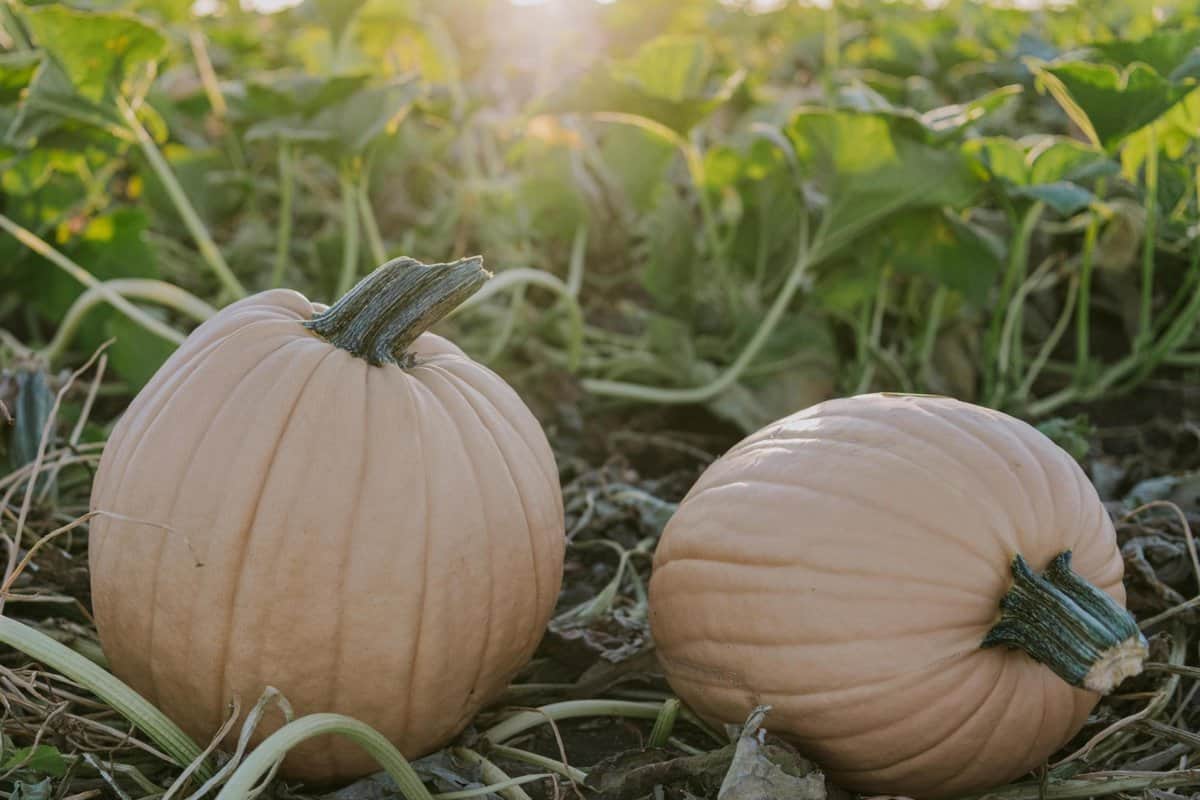
We visited their ranch to learn more about the Crafton kids’ projects. Thier 4-H poultry project involves not only learning to care for the chickens, but also selling the eggs.
Each day, the Craftons take out food and water for their brood and collect the eggs from the chicken coup. Once a week, the boys deliver fresh eggs to their customers (with the help of their mom, of course – they’re a little too young to drive). Selling their eggs helps the boys to earn money to support their poultry project.
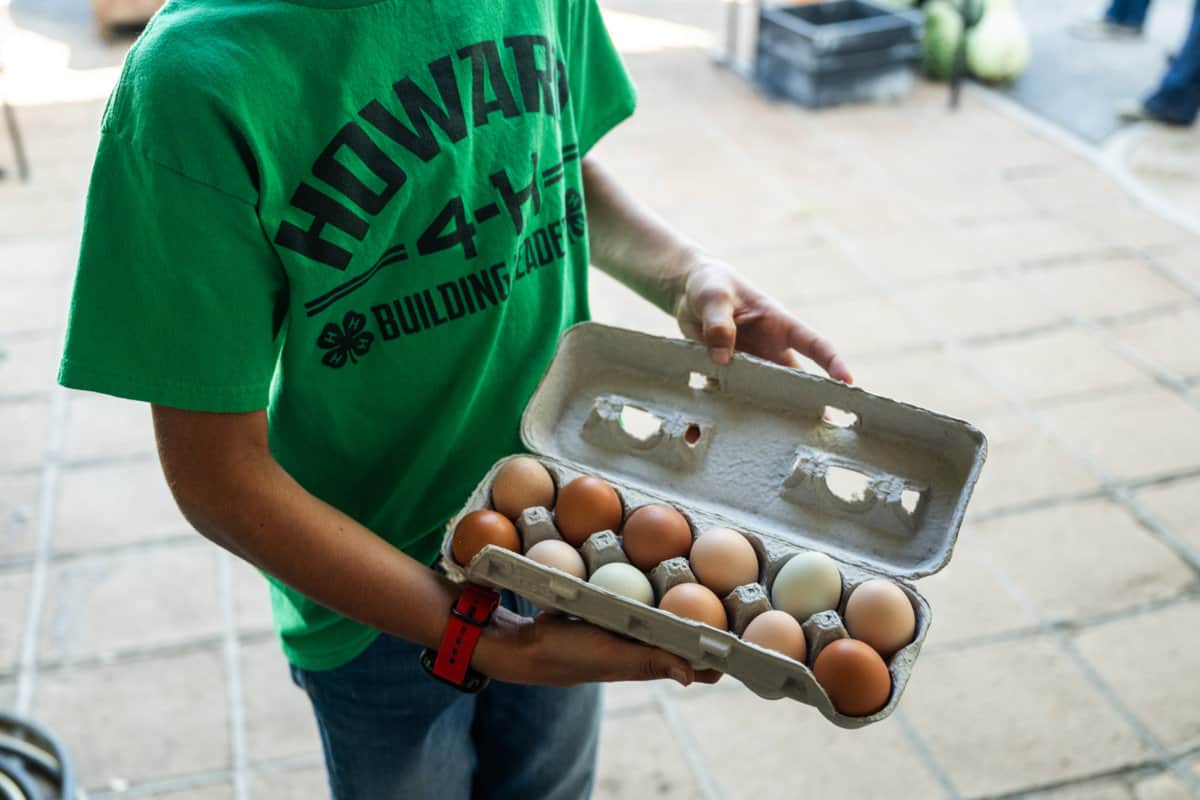
Building community through specialty crops

Learning how to grow crops is still an important part of 4-H curriculum, especially in agricultural areas. To help Luke and Colby gain valuable farming experience, the Crafton family grows pumpkins. They offer their pumpkins to the same folks that purchase their eggs and sell the rest to local vendors, like Sweet Thistle Farms.
Sweet Thistle Farms is a local pumpkin patch that also grows a variety of other crops including flowers, fruits and vegetables. When children visit Sweet Thistle Farms, they can purchase a locally grown pumpkin (maybe even one of the Crafton’s pumpkins). They can also learn a little bit about how Sweet Thistle Farm’s seasonal crops are grown!
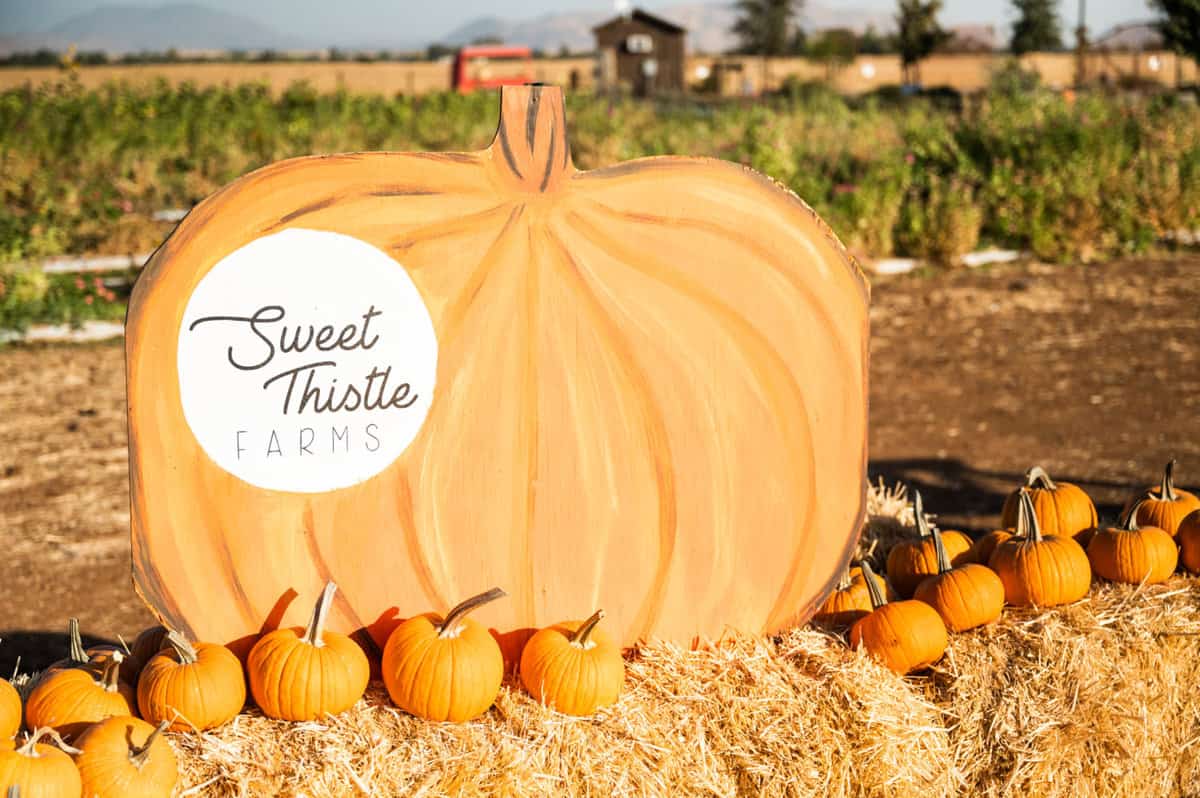
Luke and Colby have only been involved in 4-H for a few years, but both plan to continue in 4-H. Colby shares, “My favorite thing about 4-H is you get to see your friends, and you get to make your money. You get to learn a bunch of new things that you’ve probably never heard of or never learned.”

About Joanne Ylarregui:
Joanne has been actively involved with 4-H for over 50 years! She began serving as a Public Speaking and Demonstration leader when her children entered the program and never looked back. Joanne served as the Madera Country representative for the 4-H program and even helped develop the curriculum nationally. Joanne is passionate about 4-H because she’s seen how the program has positively impacted countless children. “I see the long-term rewards for the kids,” she grins. “I know that it makes a difference in their life.”
The history of 4-H + UC ANR
Farmers have long understood the importance of sharing information and advancements. This is evident in the fact that America’s first agricultural journal, The American Farmer, was established in 1810. It gave farmers a forum to share their successes and solutions with the greater agricultural community. While a step in the right direction, not all farmers had access to this publication. Many states tried to address this issue independently, but farm advocacy groups pushed for a more streamlined solution.
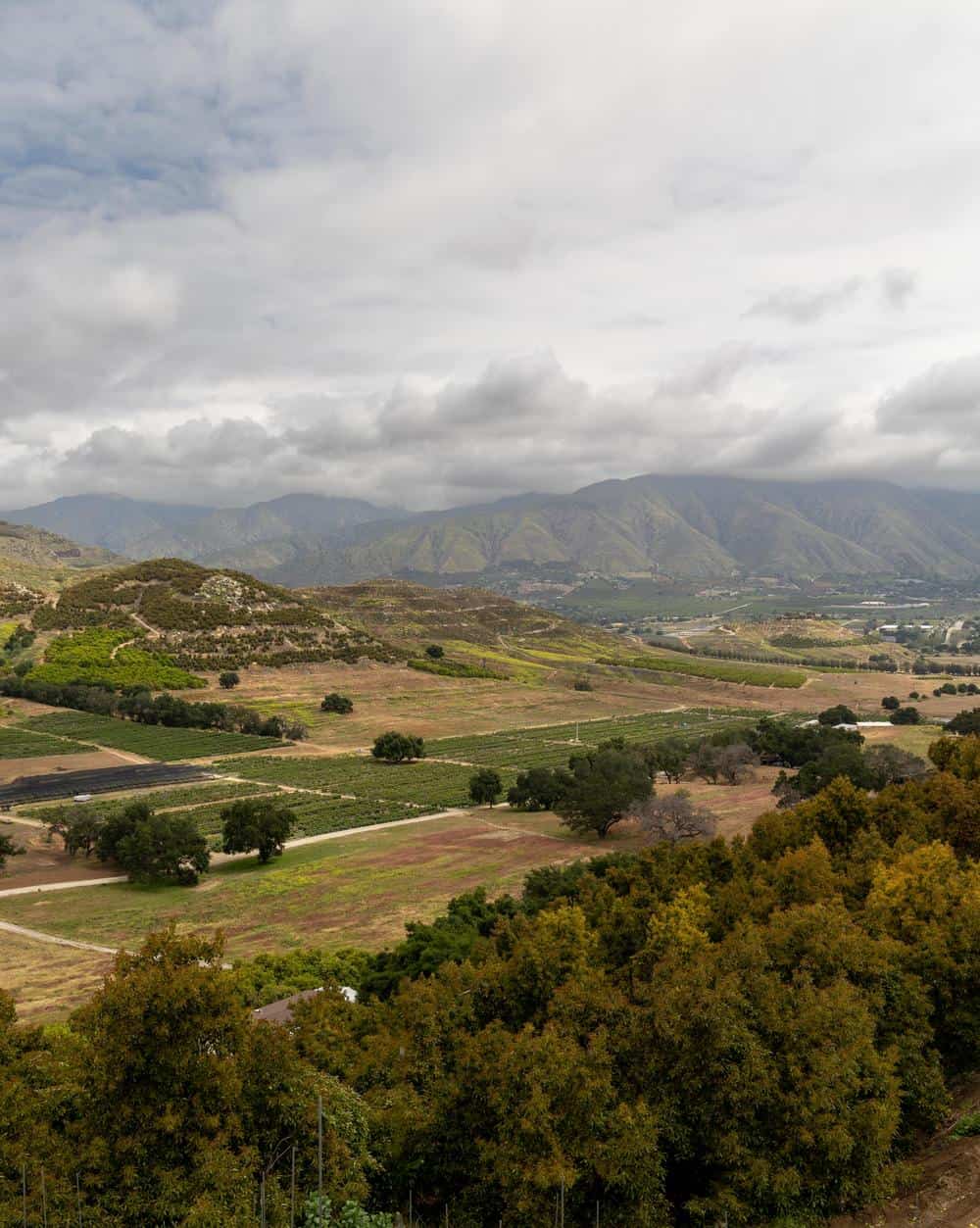
In 1914, the US government passed the Smith-Lever Act to “provide research and address education in agriculture” – specifically to more rural communities. At the time, over half of the US population resided in rural communities, and a whopping 30% of the nation was employed in some way in agriculture. How did the Smith-Lever Act work? The USDA partnered with each state’s university system to ensure that each county had access to, and funds for, agricultural research. It ensured every county in every state a Cooperative Extension office as well as a 4-H program to educate youth.
What is UC ANR?
It is the job of the University of California Division of Agriculture (UC ANR) to effectively communicate information about sustainable practices and innovation to each of the Golden State’s diverse agricultural communities. The UC ANR was developed to conduct important ag research and help our growers and producers stay up-to-date with the latest advances in crop management, sustainability and more.
How do they do this? Every county in California has a Cooperative Extension office that acts as a link between public universities (UC ANR) and the local agricultural community, keeping the residents of each county up-to-date on the latest research and advancements.

Want to learn more about programs geared towards teaching children about agriculture?

FFA: Future Farmers of America
Don’t let the name fool you. FFA is geared towards middle school and highschool students interested in agriculture but this program isn’t only for future farmers. The leadership skills that FFA is renowned for will help students succeed in any career they choose to pursue.
Three Sisters Gardens
Three Sisters Gardens teaches young adult volunteers valuable farming skills – all while working towards the eradication of urban food deserts!
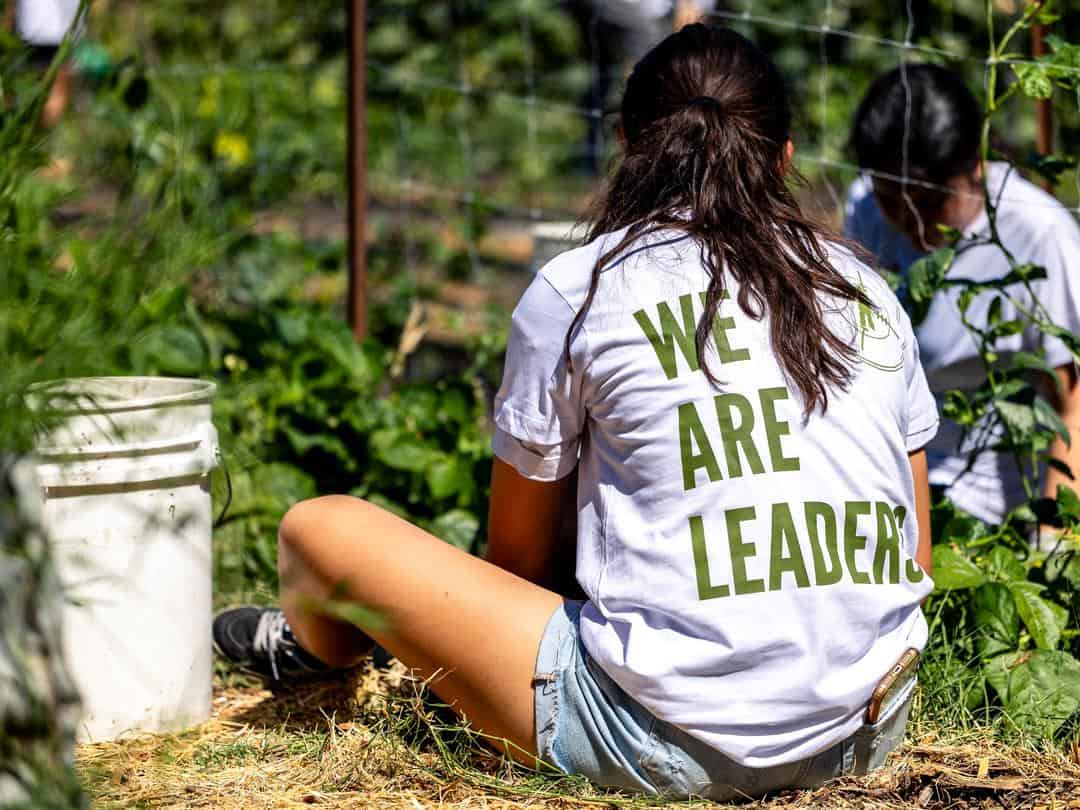
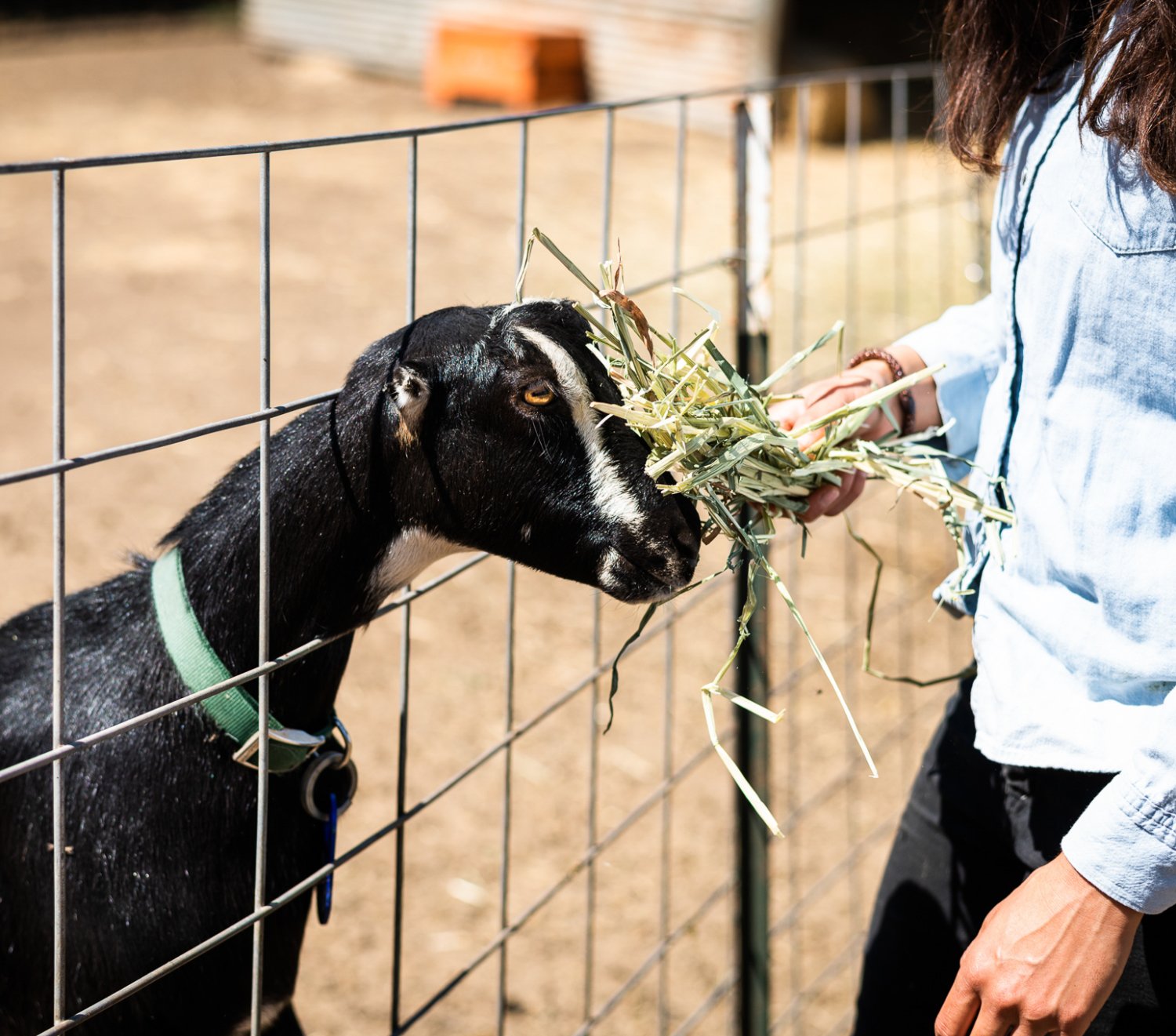
Ag in the Classroom
This organization aims to promote a greater understanding and appreciation of agriculture among students and teachers. The program offers in-person workshops and professional development opportunities for teachers, as well as online training and resources. They also sponsor field trips, like farm tours, agricultural fairs and festivals.
Article by Hilary Rance. Photography by Hilary Rance and James Collier and Meg van der Kruik.
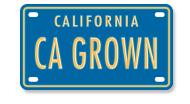

Outstanding article!